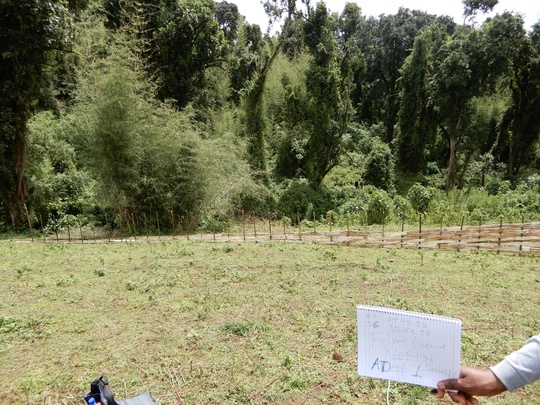Socioeconomic impacts of agricultural expansion: what we have learnt so far
Reconnaissance surveys have been successfully conducted in Zambia, Ghana, and Ethiopia. Our three in-country partners are now at different stages of their site report writing to inform the Zambia workshop.
One element of the surveys focuses on the livelihoods of households living in or around “expansion pathways” – these are the routes for expansion of agricultural land into the natural forests. The expansion pathways in each of the selected sites will be explored to ascertain who wins/loses at various levels so that environmental-livelihood trade-offs can be better managed.
While the reports are awaited, we can report a few preliminary observations from the socioeconomic impact perspective. Our observations show that agricultural land expansion is ongoing at different scales in the three countries. Similarly, the impacts on livelihood are felt differently across the three countries. In Ethiopia, participants reported loss of grazing land, reduction in beehives population and important wild plants due to reduction in forest area. In Ghana, the impacts were in the loss of wild plants and animals. Meanwhile in Zambia, the impact was felt in the loss of non-timber forest products. It will be interesting to understand how the impacts differ across social groups in the research communities.
Different land tenure arrangements were also reported in different communities across the three countries. This is important as property rights have influence on whether or not expansion can occur. In Zambia, about 95% of the land is under customary arrangement and expansion also occurs within a family farming estate in a shifting cultivation manner. In one case in Ghana, expansion was happening along an established pathway. This was, however, a rare occurrence. We will probe the role of property rights in influencing impacts in the course of our future research.
We also found that settlement patterns determined the nature of expansion. For instance, in Ethiopia and Zambia, the settlements are scattered with patches of woodlots around households. In other communities where nearby trees have been felled, people that live far from an existing forest travel long distances to graze livestock, grow crops and to search for forest products such as medicinal plants, firewood, and wild animals. The time lost travelling to the forest and sourcing products can be considered an ‘opportunity cost’ – as time invested could be spent on other economic activities that would support livelihoods.
